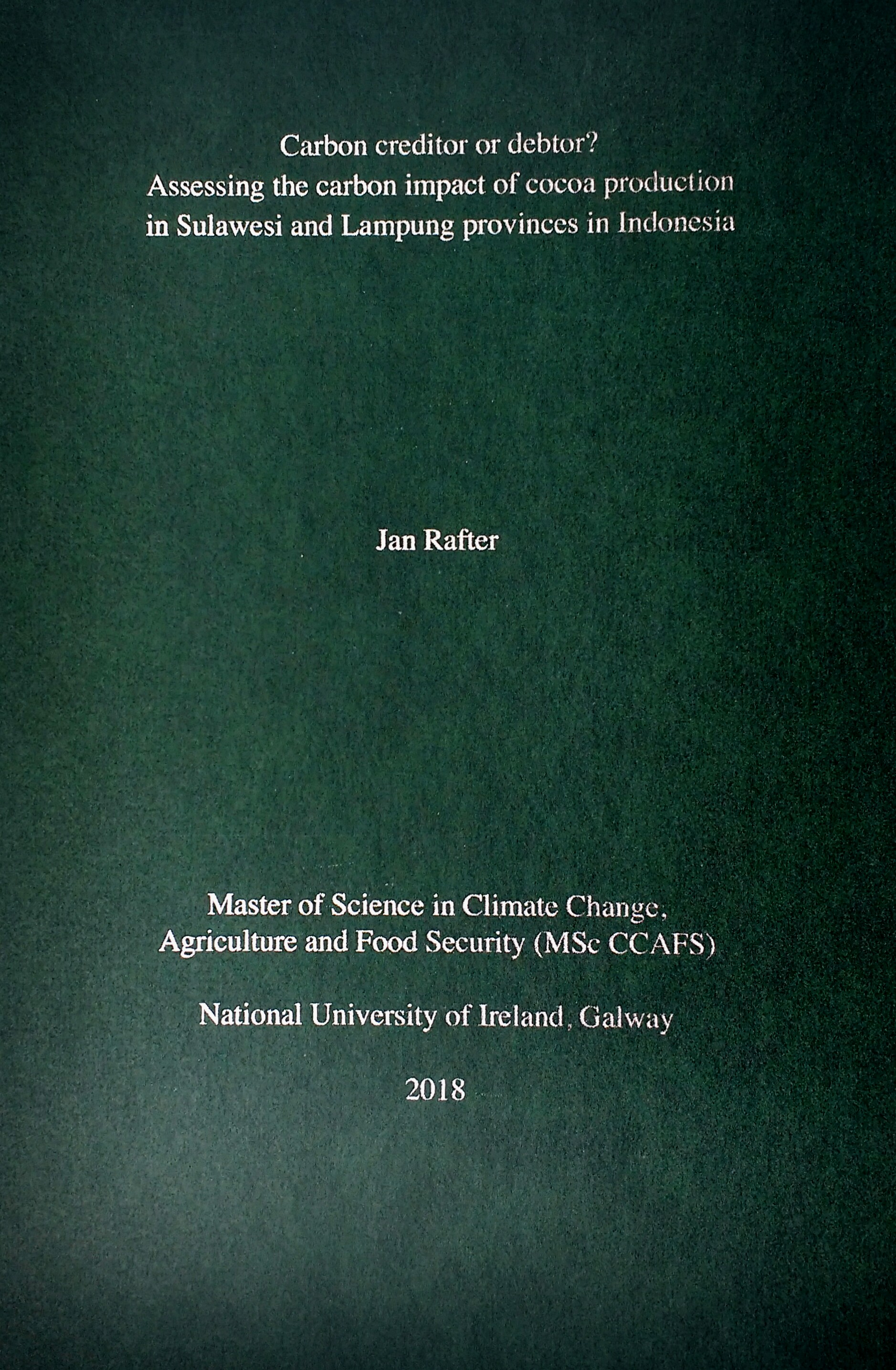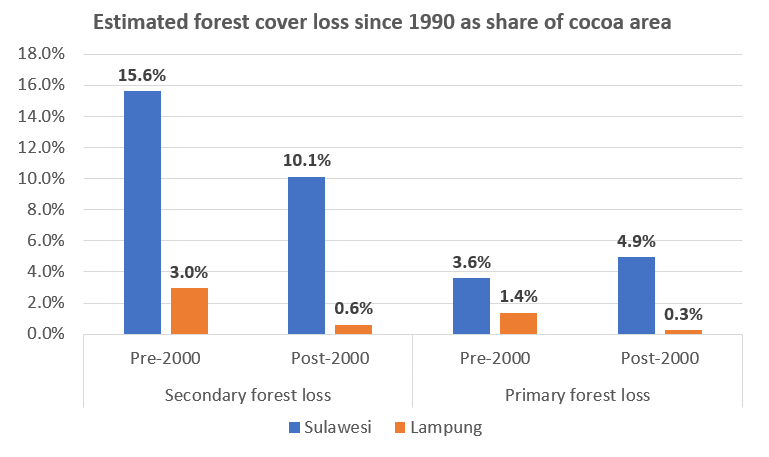 Following a busy few weeks of write-up and last-minute incorporation of results, my MSc thesis has been submitted! Though challenging at times, it has been an enjoyable and rewarding experience overall. I’m grateful that I got the chance to carry out my placement in Vietnam, and my supervisors in CIAT and NUI Galway were supportive and encouraging throughout.
Following a busy few weeks of write-up and last-minute incorporation of results, my MSc thesis has been submitted! Though challenging at times, it has been an enjoyable and rewarding experience overall. I’m grateful that I got the chance to carry out my placement in Vietnam, and my supervisors in CIAT and NUI Galway were supportive and encouraging throughout.
Have a look at the results section for an overview of the key research findings. Continue reading “Key research findings and final reflections”




